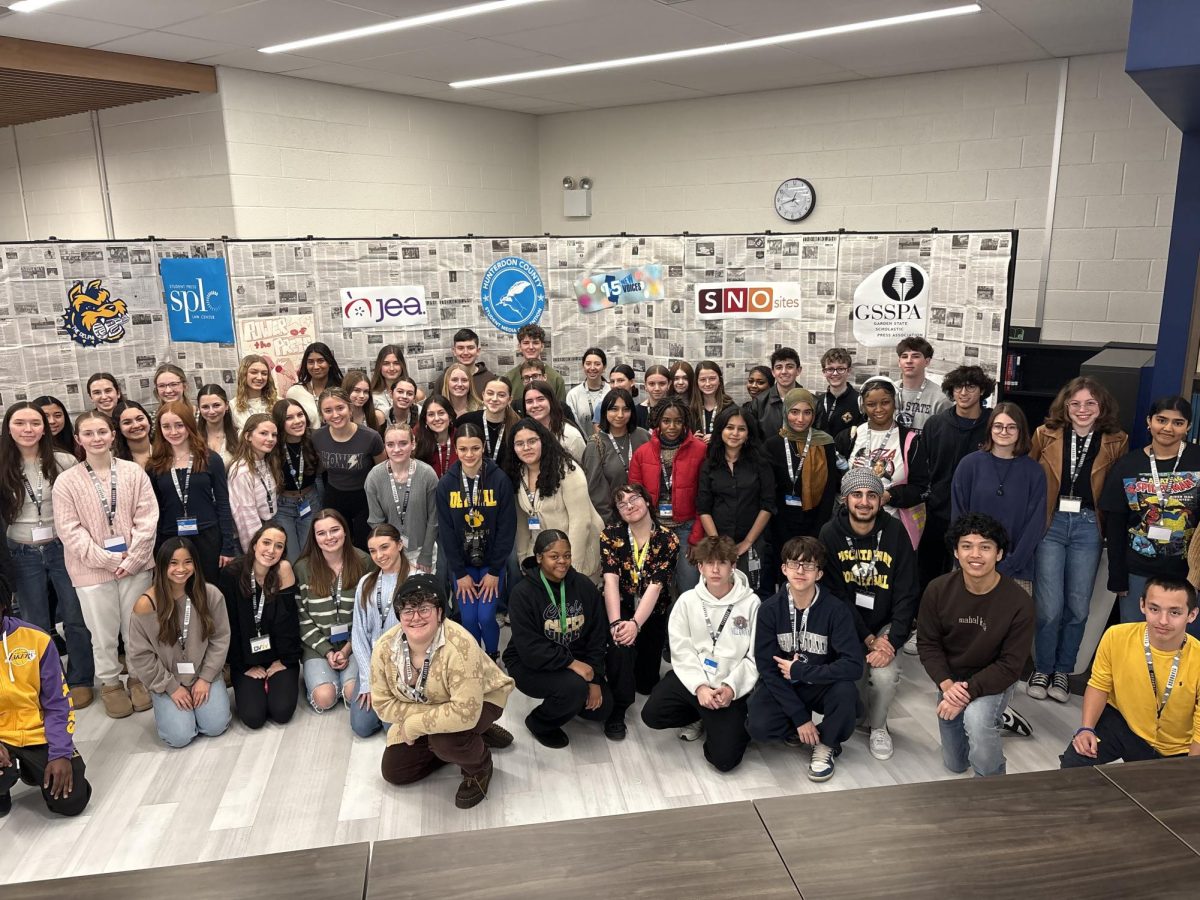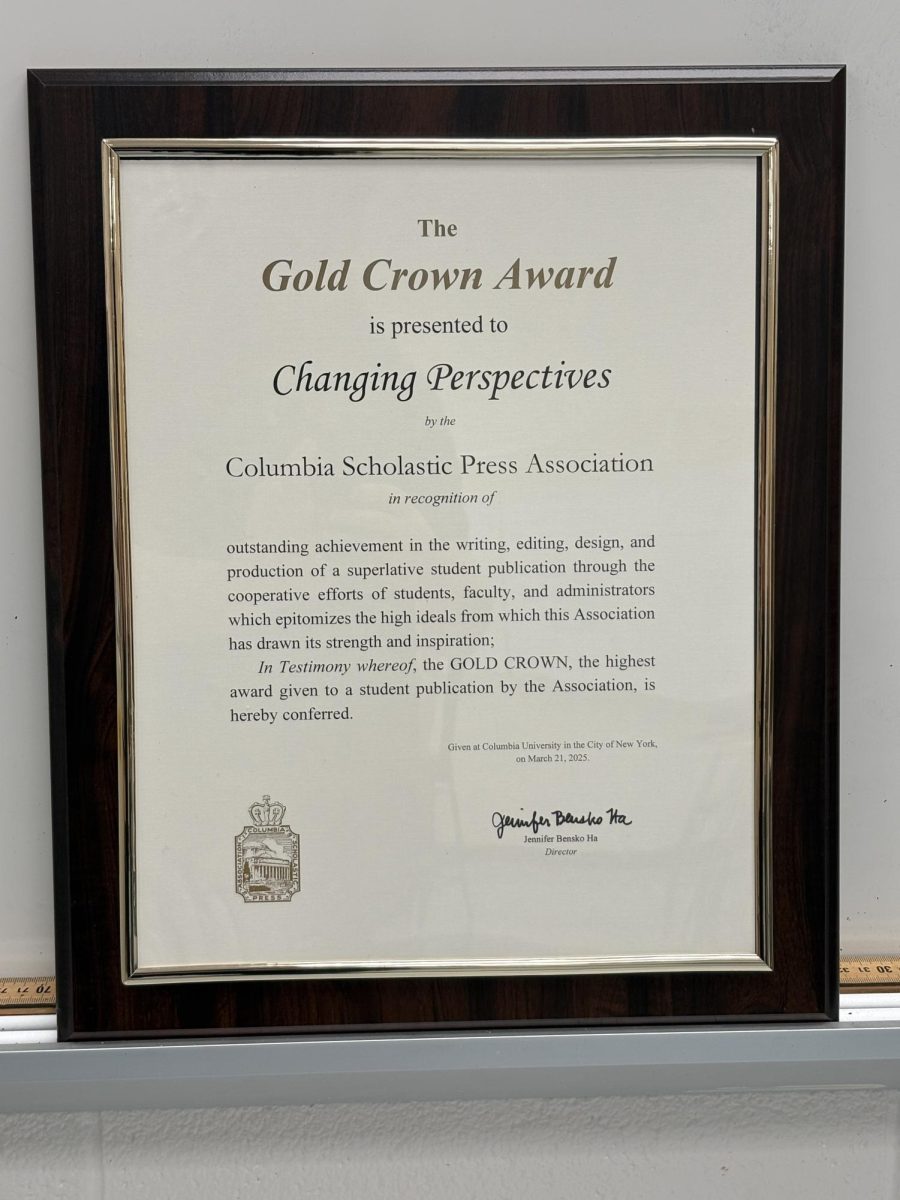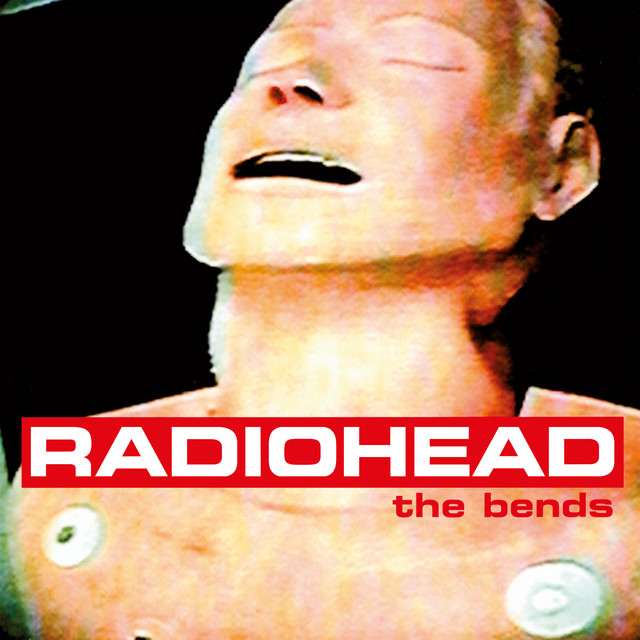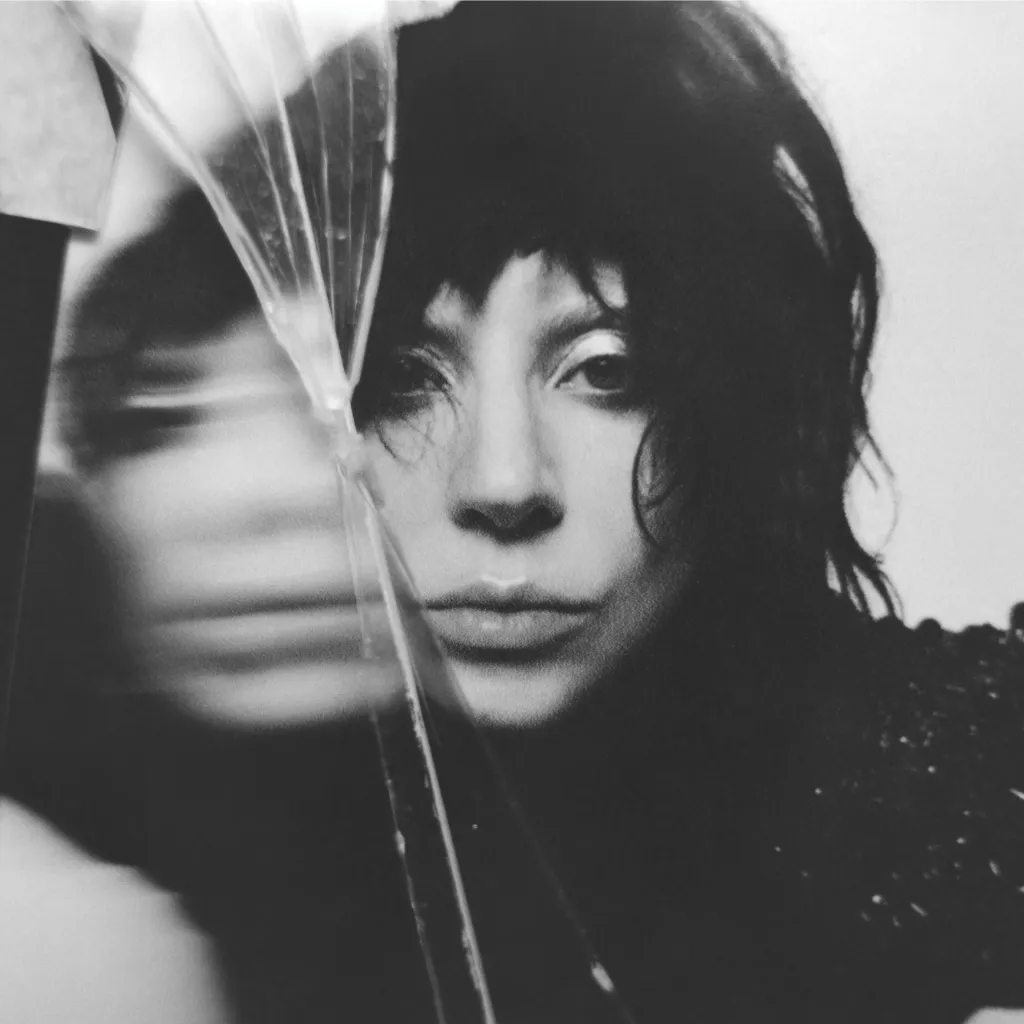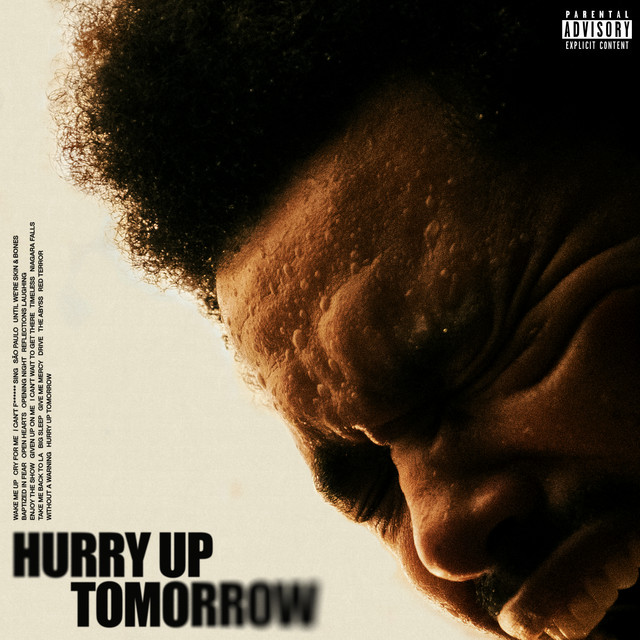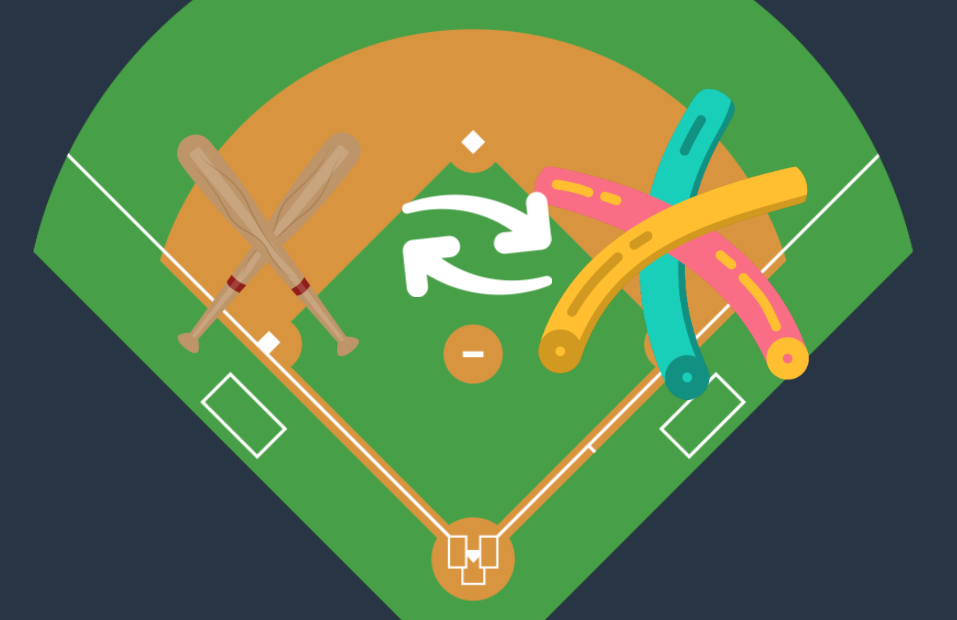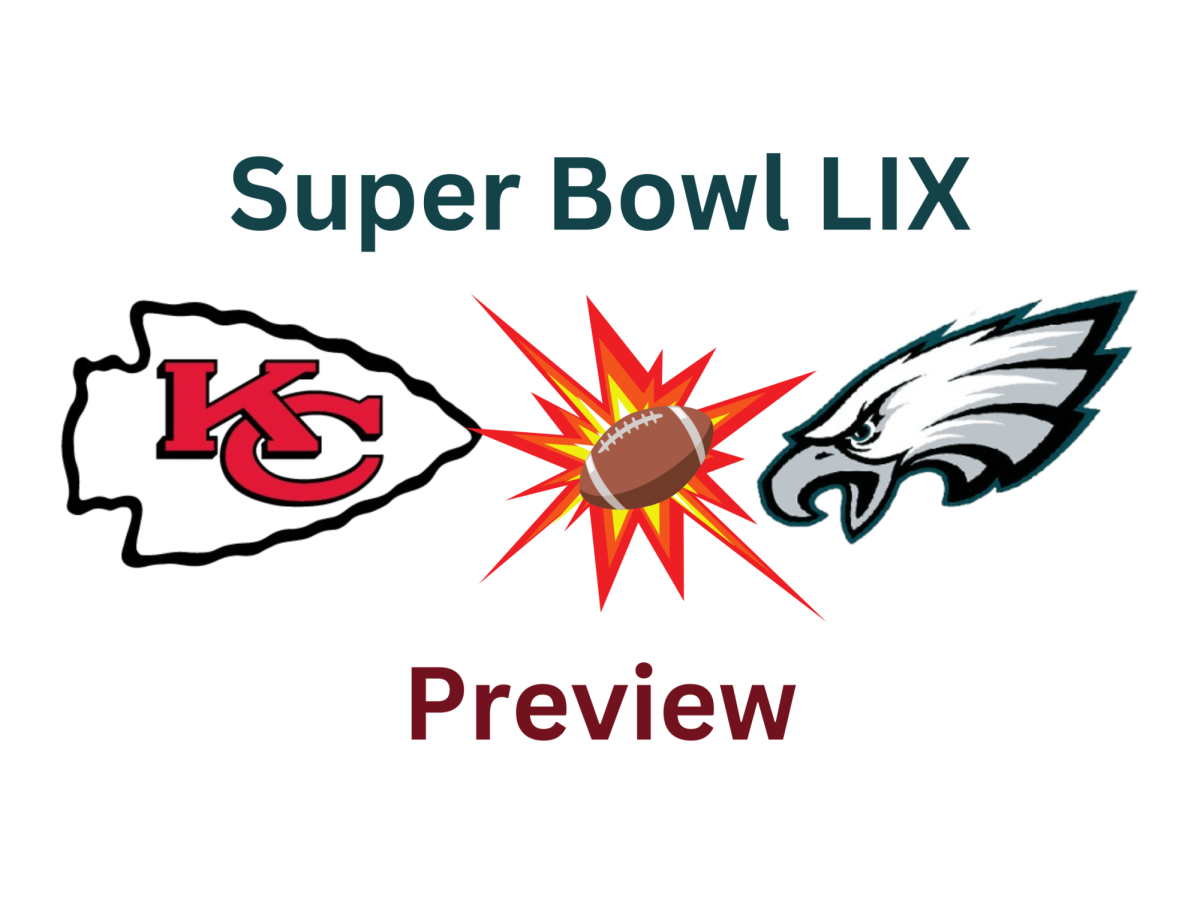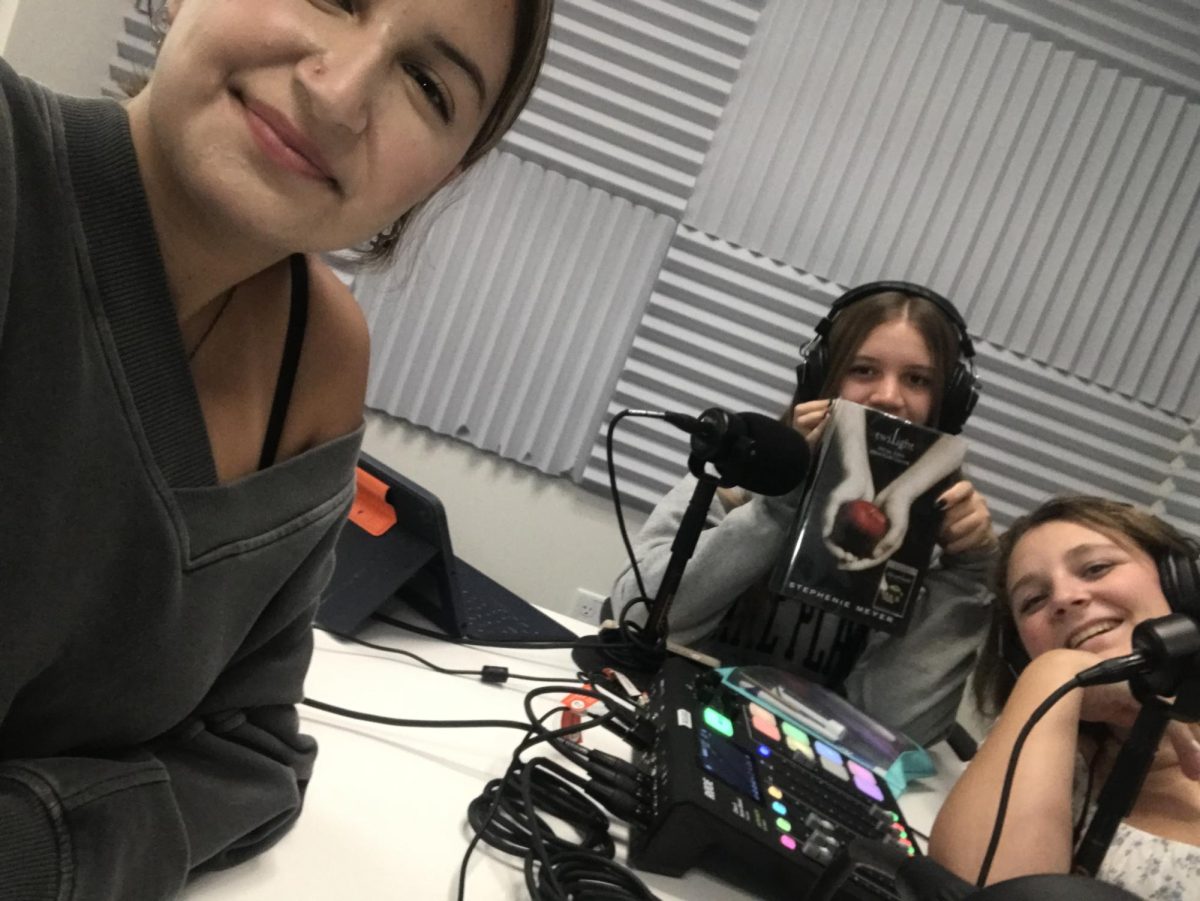Competitive cheerleading first appeared in the 1960’s at collegiate competitions, where university teams battled for awards distributed by the International Cheerleading Foundation (now known as the World Cheerleading Association) and for a spot on their “Top Ten College Cheerleading Squads” annual ranking.
Cheerleading is often associated with football and cheering on the sidelines. However, cheerleading has a competitive side to it.
Competitive cheerleading is made up of two different routines: traditional and game day.
Traditional cheer is a high energy, team-based performance that is described as athletic, artistic and acrobatic. Each routine involves athletes competing with a maximum two-and-a-half minute routine. Each routine includes any or all of the following: cheer, dance, tumbling, jumps and stunting. Traditional cheer routines can range from chanting slogans to intense physical activity. These aspects of each routine best showcase the team’s abilities.
Traditional cheerleading is all about entertaining the crowd, while Game Day cheerleading is about engaging the crowd.
Competitive Game Day cheerleading allows teams to go from the sidelines to the competition arena. The teams encourage crowd participation and celebrate the skills of leading the crowd. The purpose of the competitive Game Day cheer teams are to perform the actions the team would perform as if an exceptional sports event were to happen. The teams perform in the order of a band chant, a sideline response with a game-action sideline cheer, followed by a crowd-leading cheer and a fight song to finish. Each section should be no more than one minute total with a total time not to exceed three minutes.
Del Val has teams for both Traditional and Game Day, and the team is preparing to compete at Nationals in Florida next week.






